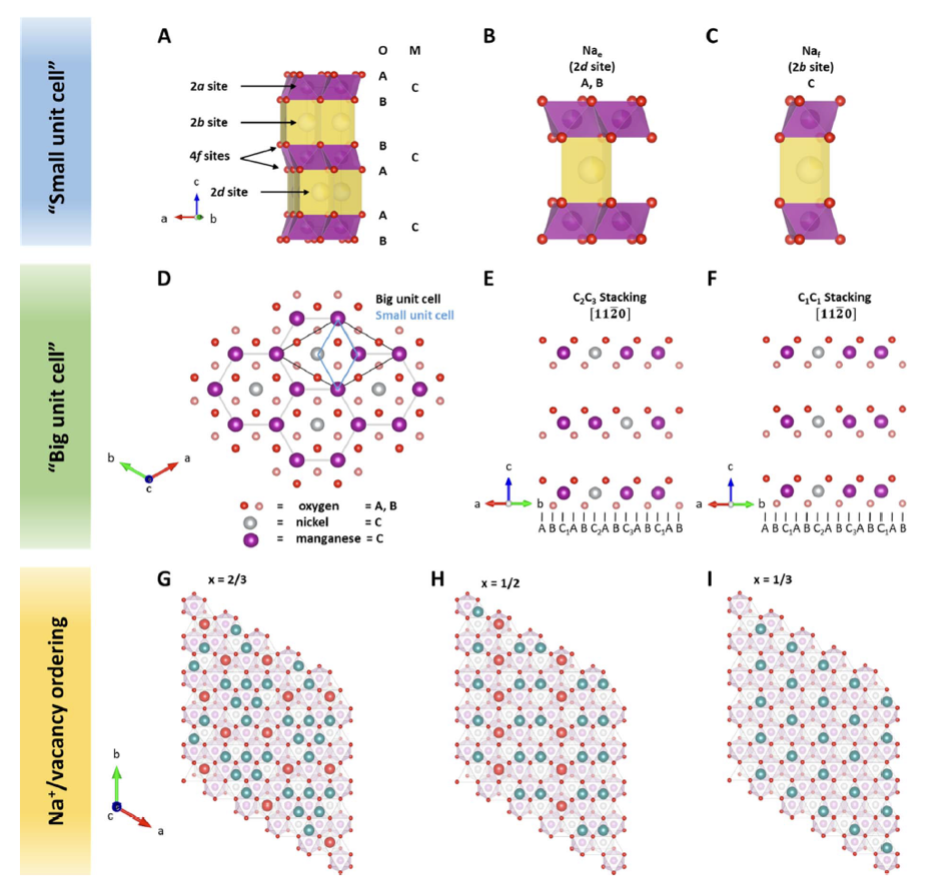
Neutron scattering is a crucial tool in developing better battery materials. Unlike other methods, it allows scientists to observe how light elements - such as sodium and lithium - are structured and move within complex materials, providing critical insights for improving battery performance. In a recent study, researchers used neutron diffraction to investigate sodium-ion batteries - an emerging, sustainable and potentially cost-effective complement to lithium-ion batteries, currently dominating the market.
The research, conducted by scientists from the Center for Solar Energy and Hydrogen Research Baden-Württemberg (ZSW) in Germany, Ulm University, the Nuclear Physics Institute of the Czech Academy of Sciences, and Luleå University of Technology in Sweden, focused on improving sodium-ion batteries by understanding how their atomic structure affects energy flow.
One of the biggest challenges in the development of competetive sodium-ion batteries is that sodium atoms can form patterns that disrupt energy delivery, reducing efficiency. By adjusting the ratio of nickel and manganese in the battery materials, the study found that these disruptions can be minimised, leading to longer-lasting and more efficient batteries.
Sodium-ion batteries are gaining attention as a sustainable, more cost-effective option compared to lithium-ion batteries, as sodium is cheaper, more abundant, and not dependant on the use of rare raw minerals such as cobolt and nickel. The findings of this research provide a foundation for better battery designs, supporting the shift towards renewable energy and more sustainable energy storage solutions.
Neutron research facilities like ESS will play a key role in advancing battery technology. With its state-of-the-art neutron instruments, ESS will enable researchers to explore the atomic structures and dynamics of battery materials in unprecedented detail. This will accelerate discoveries that lead to more efficient, durable, and sustainable batteries - helping to drive forward the clean energy transition.
Read more about this study and others in ESS Highlights of Published Papers.
Read the full research report, published in the Royal Society of Chemistry, here: https://pubs.rsc.org/en/content/articlelanding/2025/ta/d4ta04786a
ESS Contact: Premek Beran.

























